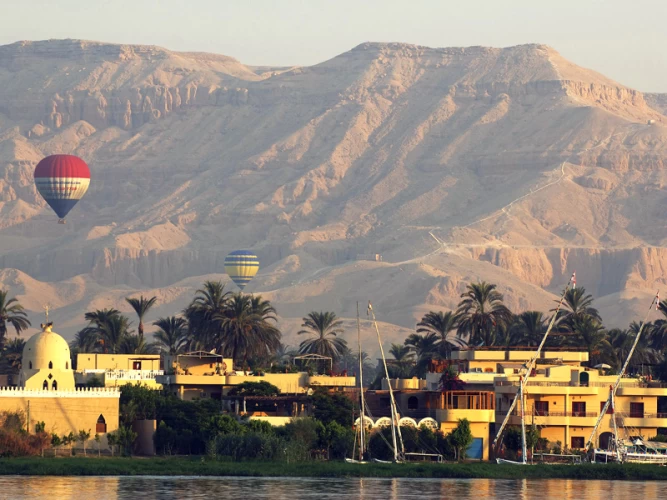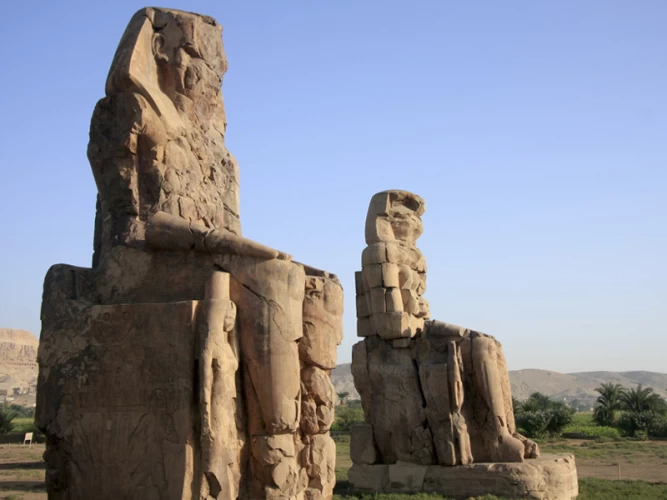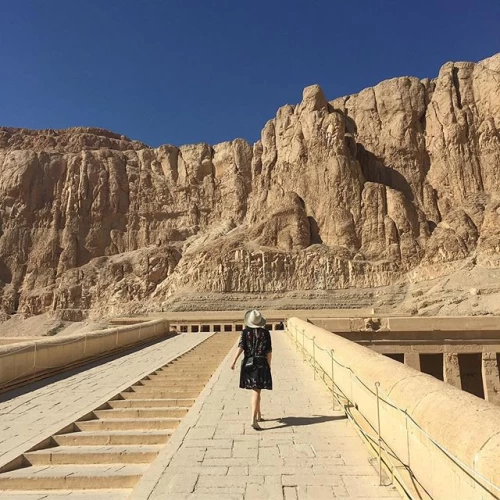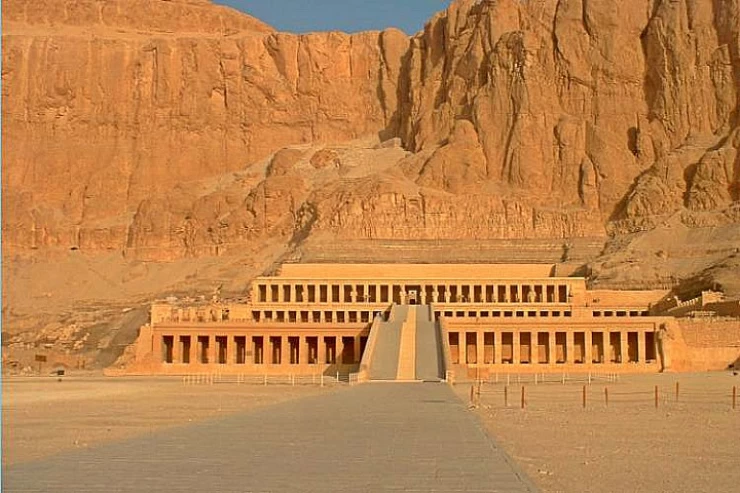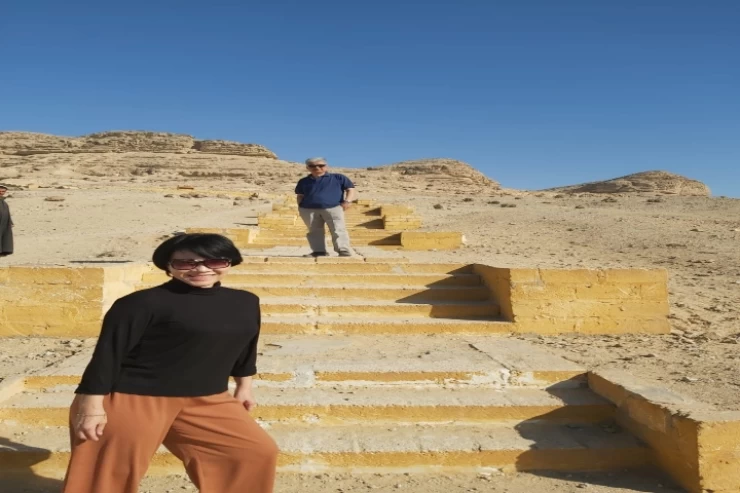One of our agents with a knowledgeable guide will pick you up in a contemporary, air-conditioned vehicle and start your full-day journey to the west bank of Luxor.
Our trip will begin with an amazing visit to the city of Habu's temple, one of the biggest temples of the 20th Dynasty. It was constructed as a burial temple early in King Ramses III's reign to worship the deity Amun and conduct death rites for him. As the Temple of Amun's treasurer, Amun Mes oversaw the temple's construction. The Christian city that was constructed inside the temple walls is referenced in the first half of the temple's modern name. Some people think that the term "Hapu" alludes to Amenhotep III's minister, Amenhotep son of Hapu. It is also thought that the name alludes to the Christian priest who later lived here.
On Luxor's west bank, your second exploring location is Built by Queen Hatshepsut to carry out rites that would help her in the afterlife, the Bahari Monastery is a complex of pharaonic temples and tombs on the west bank of the Nile. The area was given the modern Arabic name Bahari Monastery in the 7th century AD after the Copts used this temple as a monastery. Three ascending amphitheaters make up the temple, which is joined by sloping platforms for climbing and descending. The funeral temple of Mentuhotep II, who lived in the eleventh Dynasty in the twenty-first century BC, was the first monument erected on the site.
We then continue our journey by visiting the "Valley of the Kings," also known as the Valley of the Kings, which is a valley in Egypt that was used for five hundred years, from the sixteenth to the eleventh centuries BC, to construct tombs for the New Kingdom's pharaohs and nobles during the eighteenth through twentieth dynasties of ancient Egypt. The valley is in the center of the historic funerary city of Thebes, on the west bank of the Nile River, across from Thebes (modern-day Luxor). The eastern valley, which houses the majority of the royal tombs, and the western valley make up the Valley of the Kings.
Your journey will conclude with the Statues of Memnon, two enormous statues constructed circa 1350 BC that are all that remain of a temple dedicated to Pharaoh Amenhotep III, the 18th Dynasty Egyptian ruler. The temple is situated in the funerary city of Thebes, west of the Nile River from modern-day Luxor.
At the end of your excursion, our guide will return you back to your hotel in Luxor.
Meals included: Lunch




